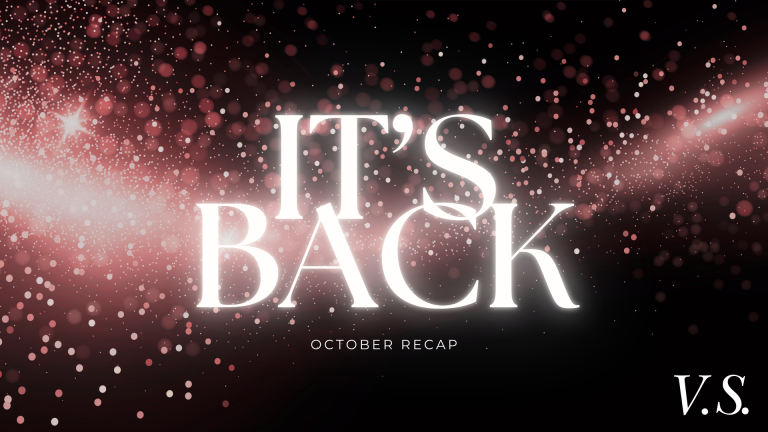October Marketing Round-Up: The Victoria's Secret Fashion Show: A Marketing Comeback
by Lucie Bridges

Illustration by Ariel Muse
On October 15th, the Victoria’s Secret Fashion Show made its highly anticipated return on Amazon Prime after a six-year hiatus. Once celebrated as one of the most iconic fashion events, featuring top models and A-list celebrity performances, the show was canceled amid controversy. The brand faced a crisis following criticism of its outdated approach and remarks made by its former chief marketer, who stated there was “no place” for transgender or plus-sized models. In 2019, the company canceled the show to reassess its marketing strategies and rebuild its brand image. Now, with a successful return, here are three key takeaways on how Victoria’s Secret revived its iconic fashion show after six years.
Brand Inclusivity: A Key Marketing Shift
The most significant part of the comeback was Victoria’s Secret’s shift toward inclusivity, a key focus in its marketing strategy. By featuring plus-size and transgender models, the brand proved that it had truly embraced change. This new direction not only demonstrated a commitment to body positivity and diversity but also resonated with a more socially conscious and inclusive audience.
This approach was more than just a PR move—it was a calculated marketing decision aimed at rebuilding trust after the crisis. By aligning with the cultural movement toward inclusivity, Victoria’s Secret communicated that the new show was for all women. The decision to feature all-female performers further emphasized their message of female empowerment.
Leveraging Nostalgia in Marketing
While inclusivity was at the heart of the brand’s rebrand, Victoria’s Secret skillfully used nostalgia as part of its marketing approach. The brand brought back a few of its legendary supermodels, reminding viewers of the show’s glamorous history.
By blending the nostalgic elements of the angel wings and supermodels with modern inclusivity, Victoria’s Secret found a balance between honoring its past and promoting change. This marketing tactic appealed to long-time fans while showing that the brand was evolving to meet the expectations of today’s audience.
Social Media Marketing: Driving Engagement and Buzz
A crucial part of Victoria’s Secret’s marketing strategy was its heavy reliance on social media. The brand promoted the show across platforms like Instagram, TikTok, and Twitter, where they built excitement for months before the event. In modern marketing, social media plays a pivotal role in reaching target audiences, and Victoria’s Secret capitalized on this.
Influencers and celebrities were key players in this strategy. By partnering with popular figures to promote the show, the brand generated buzz through exclusive content, sneak peeks, and behind-the-scenes footage. Social media users engaged with event-specific hashtags, creating a sense of community and participation, which extended the show’s reach and fostered organic conversation. This approach ensured the brand stayed top of mind and relevant, especially after the crisis that had previously damaged its reputation.
Conclusion
Victoria’s Secret’s return to the runway wasn’t just about putting on a show—it was a display of crisis management and strategic marketing. By focusing on inclusivity, leveraging nostalgia, and using social media to engage their audience, the brand successfully turned the page on past controversies. With these thoughtful marketing tactics, Victoria’s Secret has proven that even after a crisis, a brand can reinvent itself and come back stronger.
